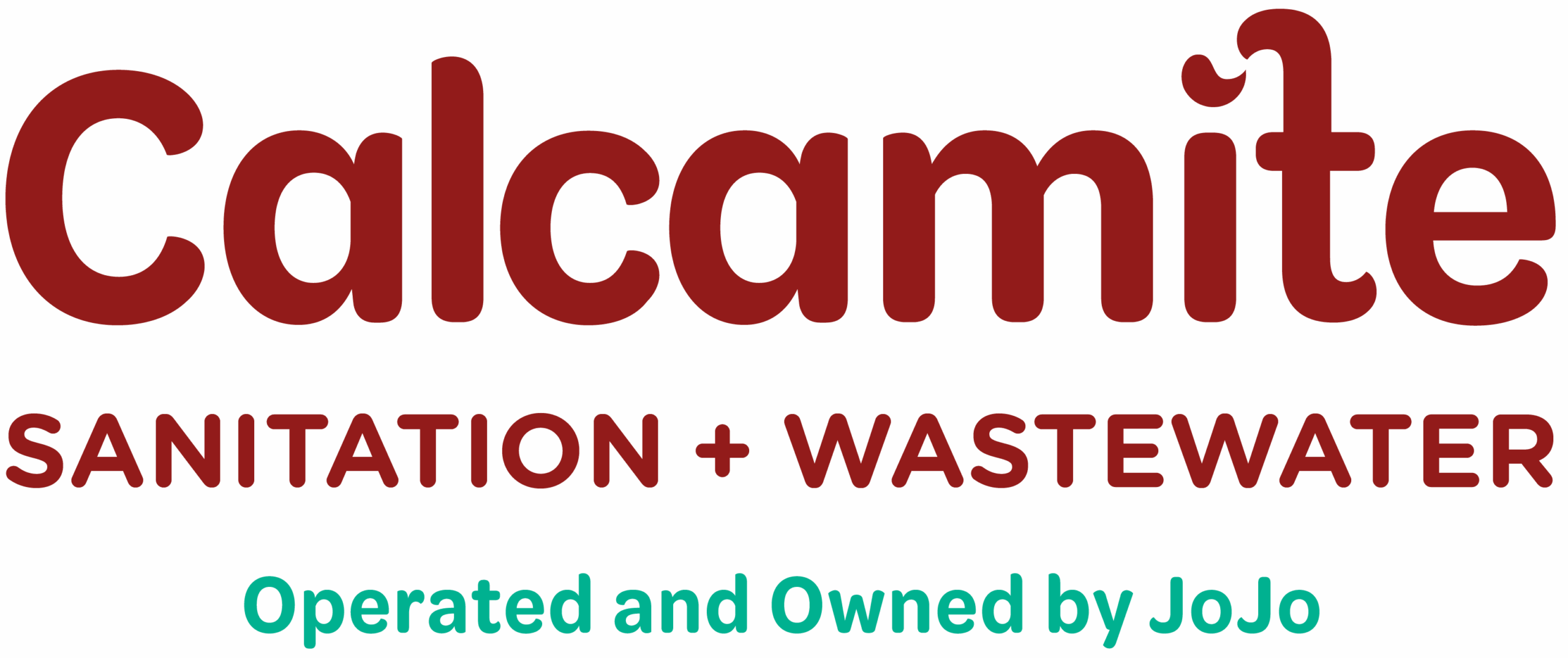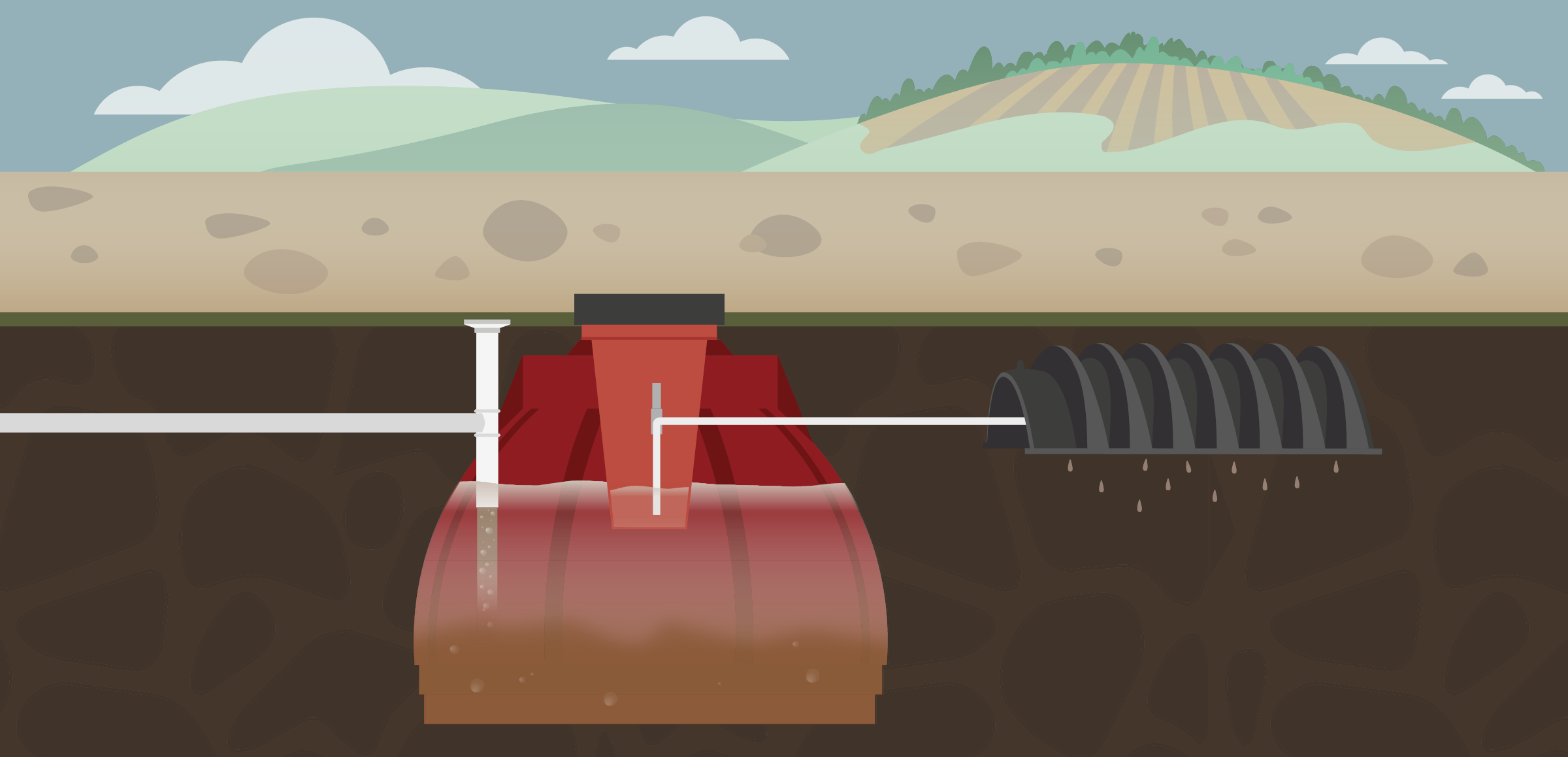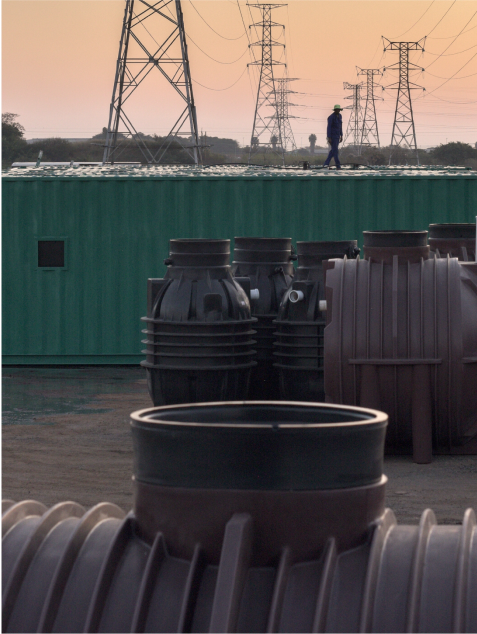Septic tanks are a common solution for managing wastewater in off-grid or low-infrastructure areas. Their main function is to slow down the flow of wastewater from household plumbing, allowing solids to settle and grease or scum to float. The result is a partially treated effluent that flows into a soakaway, where the soil and surrounding environment are expected to complete the treatment process.
While this setup works in theory, soakaways are often the weak link. Poor soil permeability, undersized systems, or blockages can cause failures – especially in areas with clay soils or high water tables. Many older septic tanks are made from brick and mortar, which can deteriorate or collapse under pressure, particularly if they’re not properly reinforced for underground conditions.
That’s why more homeowners, property developers, and businesses are choosing to convert their septic tank to a treatment plant. Upgrading to a proper wastewater treatment system provides a more reliable, environmentally sound solution, especially in sensitive areas or where boreholes and groundwater are at risk.
Why Convert a Septic Tank to a Treatment Plant?
The most significant benefit of converting a septic tank is the improved quality of effluent. A wastewater treatment plant treats sewage to a far higher standard than a septic system, reducing the risk of groundwater contamination and allowing for water reuse in irrigation, toilet flushing, and other non-potable applications. In environmentally sensitive areas (especially those near rivers, wetlands, or natural water courses) a treatment plant isn’t just recommended, it’s essential.
This upgrade is also critical on properties where boreholes are used for drinking water. A conventional septic tank and soakaway system can contaminate nearby water sources with harmful pathogens, potentially leading to illnesses such as cholera. By contrast, a modern treatment system significantly reduces those risks through proper disinfection and nutrient removal.
The Conversion Process Explained
1. Inspection and Assessment
The first step is assessing whether the existing septic tank can be integrated into the upgraded system. It’s essential that the tank does not allow stormwater ingress, as excess water can dilute the sewage, reducing the effectiveness of the bacteria responsible for breaking down organic matter. If stormwater is entering the system or the structure lacks watertightness or capacity, Calcamite may recommend upgrades or additional tank capacity.
2. Upgrading Components
Thanks to Calcamite’s modular system design, it’s relatively simple to convert a septic tank to a wastewater treatment plant. Additions typically include:
- An anoxic and aerobic reactor to improve the breakdown of organic material and nutrient removal.
- A disinfection stage to ensure pathogens are killed before discharge or reuse.
- Optional filtration or tertiary treatment, depending on the effluent requirements.
The structural integrity, retention time, and volume of the existing tank are carefully reviewed, and any shortfalls are addressed through modular expansion.
Easy Integration with Existing Plumbing Systems
One of the key advantages of a Calcamite system is its flexibility. Our plants are modular and can be configured for above-ground, below-ground, or hybrid installations, making it easy to adapt to any site conditions. This means that when you convert your septic tank to a treatment plant, the system can often tie into your existing plumbing infrastructure with minimal disruption.
Whether it’s a residential property, school, or commercial site, Calcamite’s prefabricated components allow for efficient installation, saving time and reducing costs compared to full system replacements.
Benefits of Converting to a Wastewater Treatment Plant
Upgrading from a septic tank to a wastewater treatment plant offers several long-term benefits:
- Cleaner Discharge: Treated effluent meets higher environmental standards, reducing soil and groundwater pollution.
- Eco-Friendly Solution: Enables water reuse for irrigation, toilet flushing, or industrial applications.
- Property Value Boost: Sustainable upgrades appeal to environmentally conscious buyers and investors.
- Regulatory Compliance: Particularly important in areas with boreholes, wetlands, or stricter local bylaws.
Compared to traditional septic systems, treatment plants provide a much higher level of purification, making them a smarter, more sustainable choice for the future.
Why Choose Calcamite for Your Septic Tank Conversion?
Calcamite is a leader in on-site wastewater treatment, with decades of experience designing and implementing modular solutions across South Africa. We’ve successfully helped clients in both residential and commercial sectors convert septic tanks to treatment plants, improving environmental outcomes and infrastructure reliability.
One such example is Pinnacle College, where Calcamite converted an outdated septic setup into a modern, efficient treatment system that supports water reuse and protects surrounding groundwater sources. See more case studies here.
When you partner with Calcamite, you benefit from:
- Proven expertise in wastewater solutions
- Modular, scalable systems tailored to your needs
- Ongoing support and maintenance services for long-term performance
Explore our full range of septic tank solutions and wastewater treatment plants to learn more.
A Smarter, Safer Way to Treat Wastewater
If your current system is outdated or underperforming, it may be time to convert your septic tank to a treatment plant. The benefits are clear: better water quality, a smaller environmental footprint, and peace of mind knowing your system meets today’s standards.
Calcamite’s modular, cost-effective systems make the conversion process straightforward, without the need for full system replacement. Whether you’re upgrading for compliance, sustainability, or safety, we’re here to help!
Looking to convert your septic tank to a treatment plant?
Contact Calcamite for a free consultation and let our team design the right solution for you.



